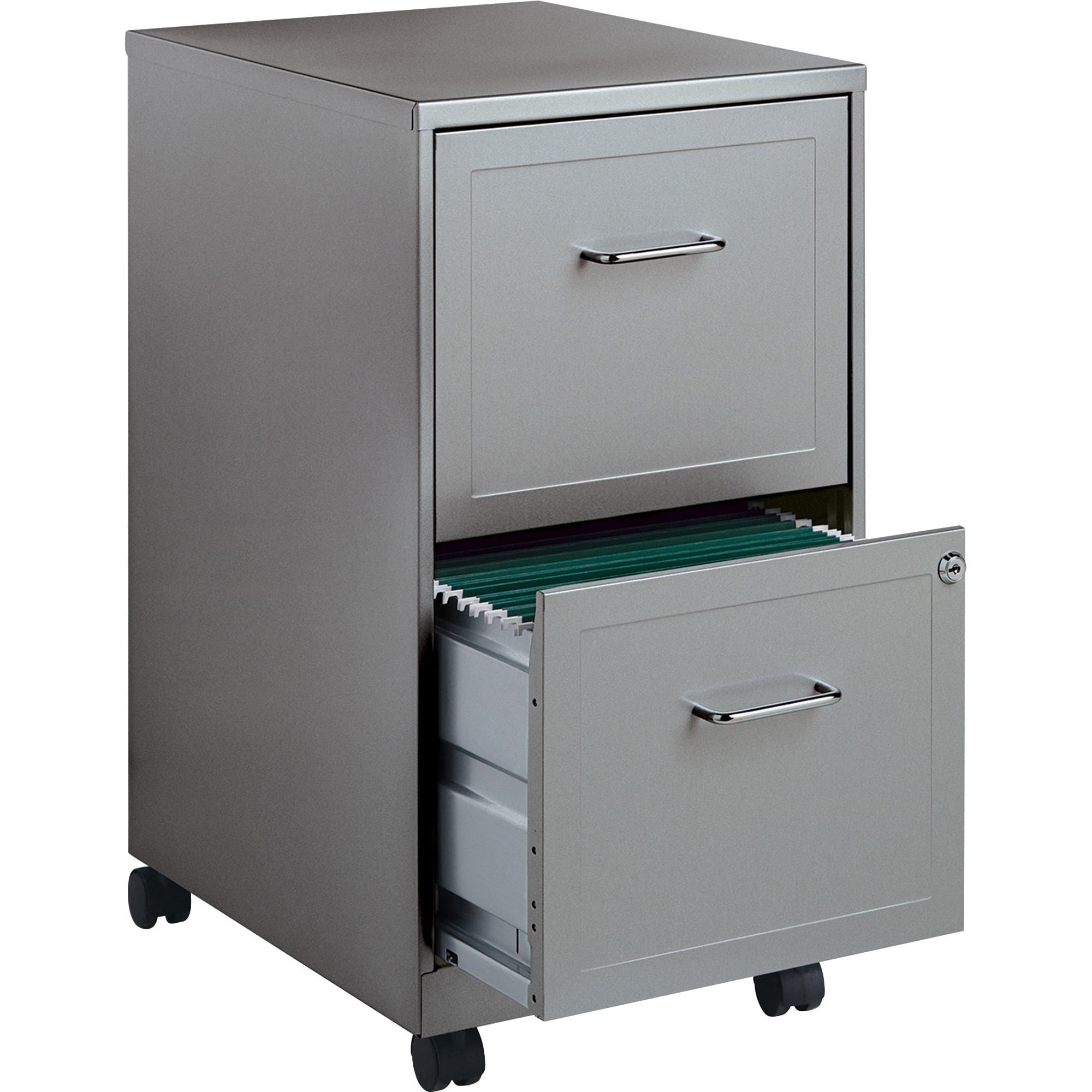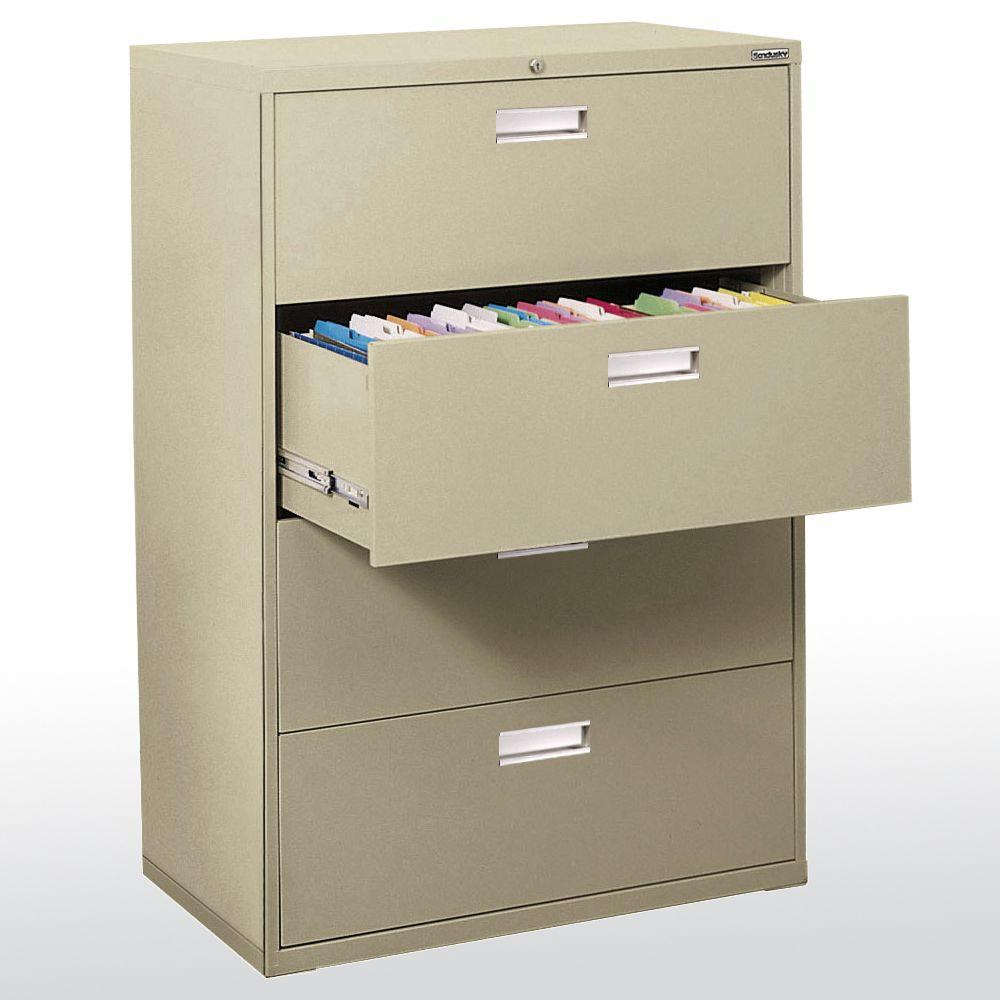Understanding the Spanish Term

The term “filing cabinet” in Spanish has a direct translation, but it’s also subject to regional variations and common synonyms. Understanding these nuances is crucial for effective communication and comprehension, especially in professional settings.
Direct Translation and Common Synonyms, Filing cabinet in spanish
The direct translation of “filing cabinet” into Spanish is “archivador.” This term is widely understood and used throughout the Spanish-speaking world. However, other synonyms are frequently employed, depending on the context and region. Some common alternatives include:
- Armario de archivos: This literal translation emphasizes the cabinet aspect, suggesting a more enclosed storage solution.
- Carpeta de archivos: This term highlights the function of organizing and storing documents within folders.
- Estante de archivos: This option emphasizes the shelving aspect, suggesting a more open and accessible storage system.
Regional Variations
While “archivador” is the most common term across Spanish-speaking countries, regional variations do exist. In some regions, specific terms might be preferred or used more frequently. For instance:
- “Archivador” is widely used in Spain, Latin America, and other Spanish-speaking regions.
- “Archivador de oficina” is a more specific term used in Spain, emphasizing its office-related function.
- “Archivador vertical” is commonly used in Mexico, emphasizing the upright design of the cabinet.
Using Filing Cabinets in a Spanish-Speaking Environment: Filing Cabinet In Spanish

Filing cabinets remain a vital tool for organizing documents in Spanish-speaking environments. They offer a structured and efficient way to manage information, crucial for both personal and professional settings.
Methods and Techniques for Organizing Files
The method of organizing files within a filing cabinet is essential for ensuring efficient retrieval. A common approach is the alphabetical system, where files are arranged in alphabetical order based on the name of the individual, company, or topic. This method is straightforward and widely used, particularly for personal files.
Another widely used method is the numerical system, where files are assigned a unique number, and folders are arranged sequentially. This method is often used in professional settings, as it can be easily adapted to accommodate a large volume of files.
For more complex filing needs, a subject-based system may be employed. This system organizes files according to specific topics or categories. For example, a business might categorize files under headings like “Sales,” “Marketing,” or “Finance.”
Importance of Labeling and Indexing Systems in Spanish
Accurate labeling and indexing systems are crucial for efficient retrieval of files in Spanish. Clear and concise labels allow individuals to quickly locate the desired file. This is especially important in Spanish, where the language has several synonyms and variations in spelling.
It is essential to use consistent terminology and a standardized labeling system across all files.
A well-defined indexing system helps users easily navigate the filing system. This can include using s, subject headings, or numerical codes to organize files logically.
Practical Applications of Filing Cabinets
Filing cabinets find widespread use in various Spanish-speaking workplaces and homes.
- Businesses: Filing cabinets are essential for businesses of all sizes, from small family-owned enterprises to large corporations. They are used to store a wide range of documents, including financial records, contracts, invoices, and customer information.
- Government Agencies: Government agencies rely heavily on filing cabinets to manage sensitive information. This includes personal records, legal documents, and administrative files.
- Schools and Universities: Educational institutions use filing cabinets to store student records, academic transcripts, and administrative documents.
- Hospitals and Healthcare Facilities: Filing cabinets are crucial for managing patient records, medical reports, and insurance information.
- Homes: Individuals use filing cabinets to organize personal documents such as tax returns, financial statements, insurance policies, and legal documents.
Filing cabinet in spanish – In Spanish, a filing cabinet is known as an “archivador,” a term that encompasses both the physical structure and the concept of organized storage. While “archivador” refers to the general concept of storage, the term “armario de limpieza” is more specific, denoting a cabinet designed for storing cleaning supplies like mops and brooms.
These cabinets, often featuring specialized features like hooks and shelves for various cleaning tools, are readily available online, such as those offered at this website. Returning to the topic of filing cabinets, “archivador” can also be used in the context of digital storage, referring to a virtual space for organizing files and documents.
In Spanish, a filing cabinet is known as an “archivador,” a term that encompasses both the physical structure and the act of organizing documents. While traditional archivadores can be bulky, modern design trends have led to the development of space-saving options, such as filing cabinets for small spaces , which prioritize functionality and aesthetics.
These compact solutions, often with vertical designs, provide efficient storage for documents and office supplies, allowing individuals to maintain order and accessibility in even the most limited spaces. Regardless of size, the concept of the “archivador” remains essential for effective organization and information management.